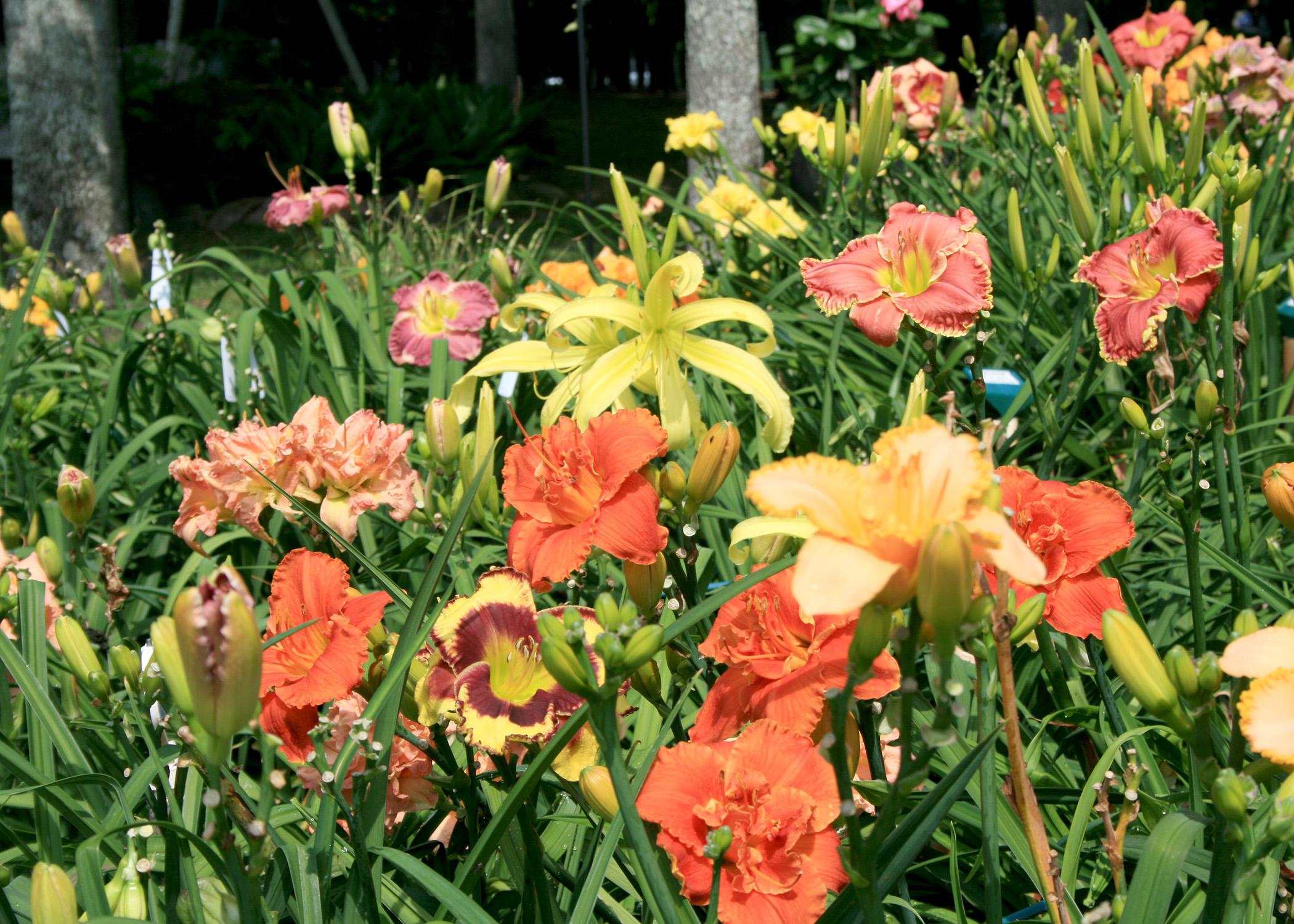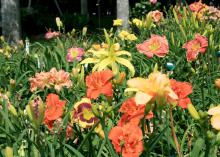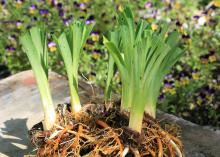Information Possibly Outdated
The information presented on this page was originally released on April 15, 2013. It may not be outdated, but please search our site for more current information. If you plan to quote or reference this information in a publication, please check with the Extension specialist or author before proceeding.
Use care when dividing perennials in the spring
With spring in the air and our landscapes waking up from their long winter’s nap, Mississippi gardeners jump into the many chores needed to get gardens off to the right start.
One of the first decisions to be made is what to plant. We flock to garden centers looking for inspiration and new plants to enjoy in the coming year. Sometimes we forget to look in our own gardens for the options we already have.
Many perennial plants can be divided into new, smaller plants to give away or plant elsewhere. It’s not unusual to divide one perennial into three or more individual plants.
You do not need special tools for dividing plants, but the ones you use must be sharp. Get started with a garden spade and fork, serrated knife (an old bread knife works great) and maybe a small, pointed saw. Some perennials can simply be pulled apart by hand and replanted.
The process of dividing plants is really simple.
Dig the entire perennial out of the ground for less damage and to make more divisions. Carefully brush or shake some loose soil away from the root ball to find the growing points commonly referred to as the “eyes.” You may have to use your fingers to find the spots between the growing points where you make the dividing cuts. Make sure all divisions have a growing point and attached roots.
This work sometimes requires patience. Generally, the smaller the size of the divided plant, the longer it will take to regrow. This means you may want to limit the number of divisions you make from each parent plant.
When replanting, prune off about half the foliage to reduce water loss as the roots regenerate. Plant the new crown at the same level it was in the ground on the original plant. Arrange the pieces in a random fashion, making sure they do not all grow in the same direction.
Many people recommend you divide perennials in the fall, but most can divided in either spring or fall. With my very busy schedule, I follow the garden rule that says the right time to divide plants is when I have the time. I find this works well more than 95 percent of the time.
I need to make a clear distinction in the terminology used to describe dividing plants. Strictly speaking, division is using a knife, sharp spade or garden fork to cut up the crown at the numerous growing points. Caladiums, canna and hostas are examples of plants that are divided.
Other plants produce growing points that are actually new little plants that can be separated by hand from the main plant. Many bulbs and grasses fall into this category.
Whether you divide plants by division or separation, the end result is the same: more free plants for the garden. Dividing plants also helps keep perennials rejuvenated and gives them more space in which to grow.
Whichever method of division you use, always remember to save a few to give away to neighbors. This is a great way to make new friends, and you can always visit your plants in future years in their new garden settings.









